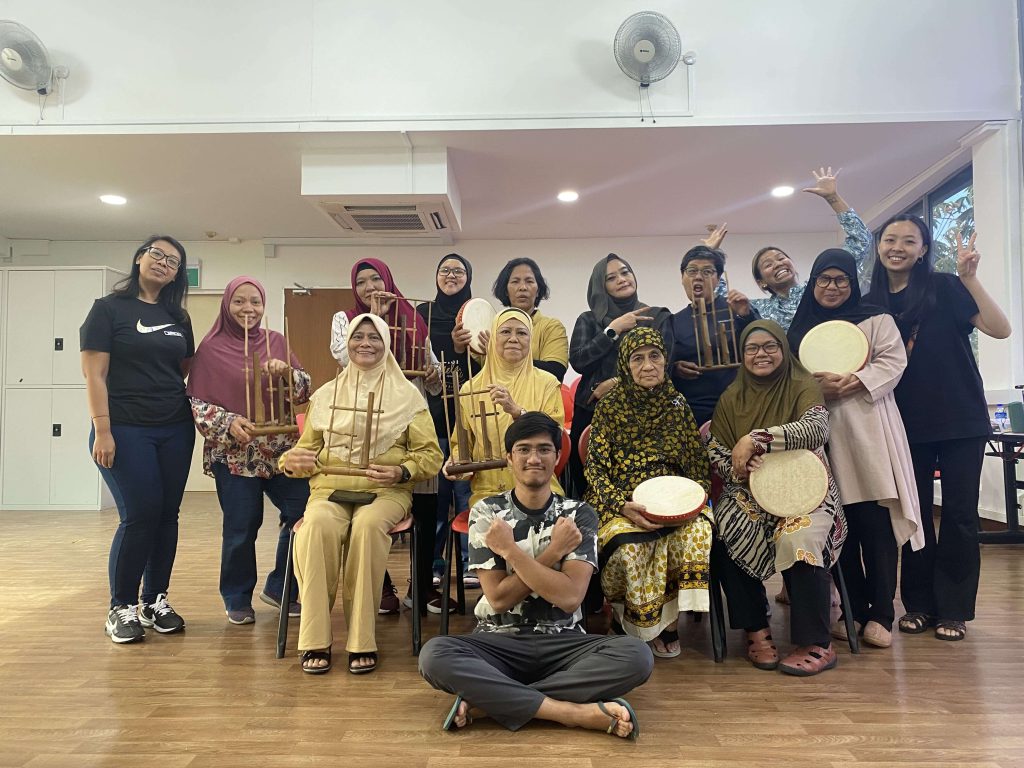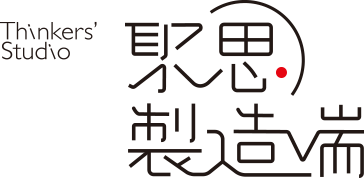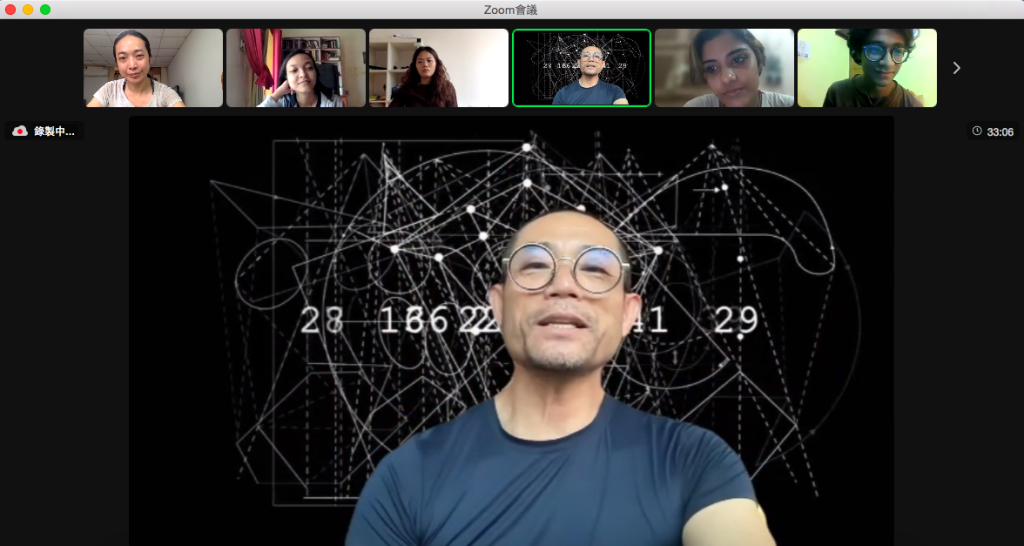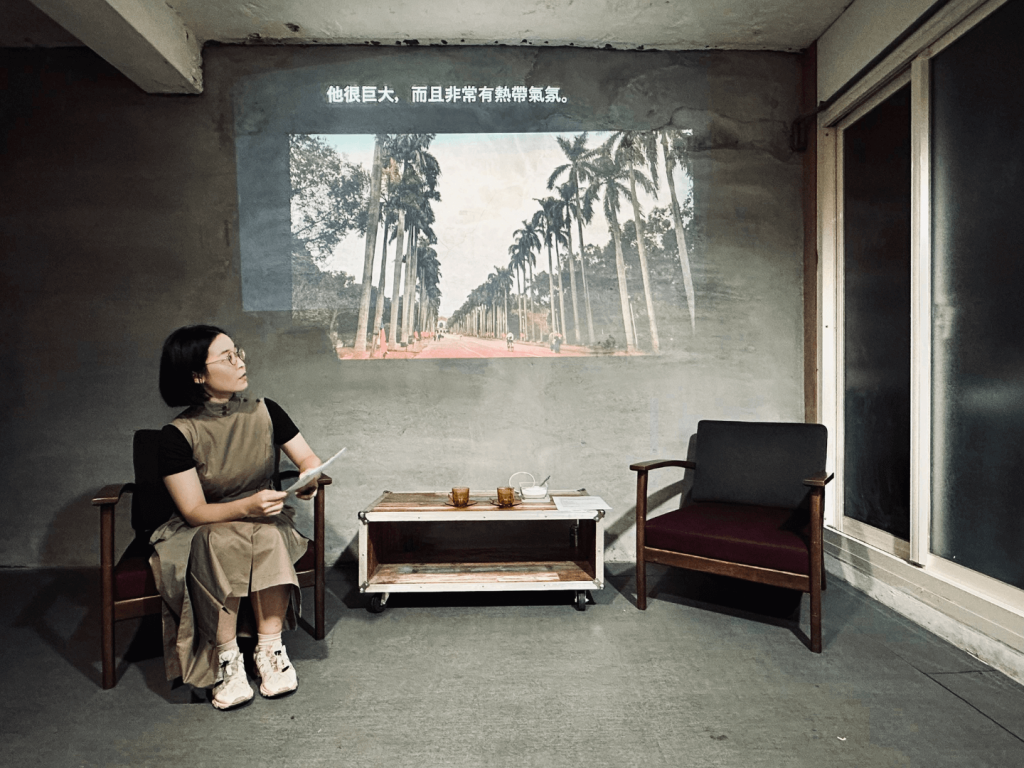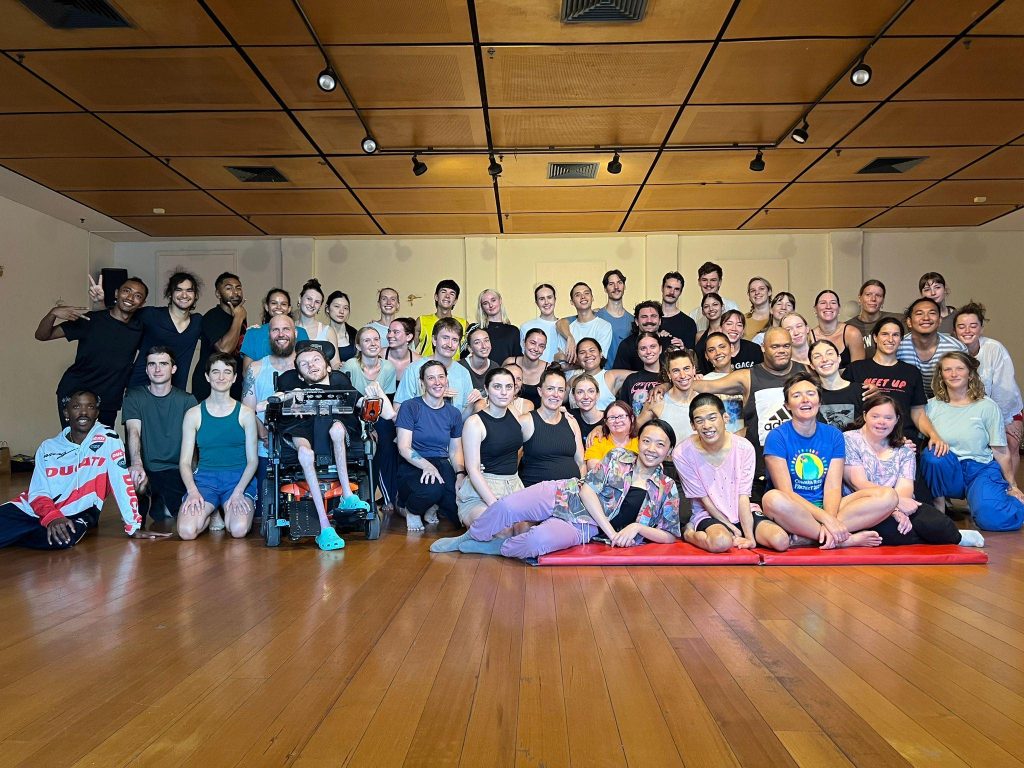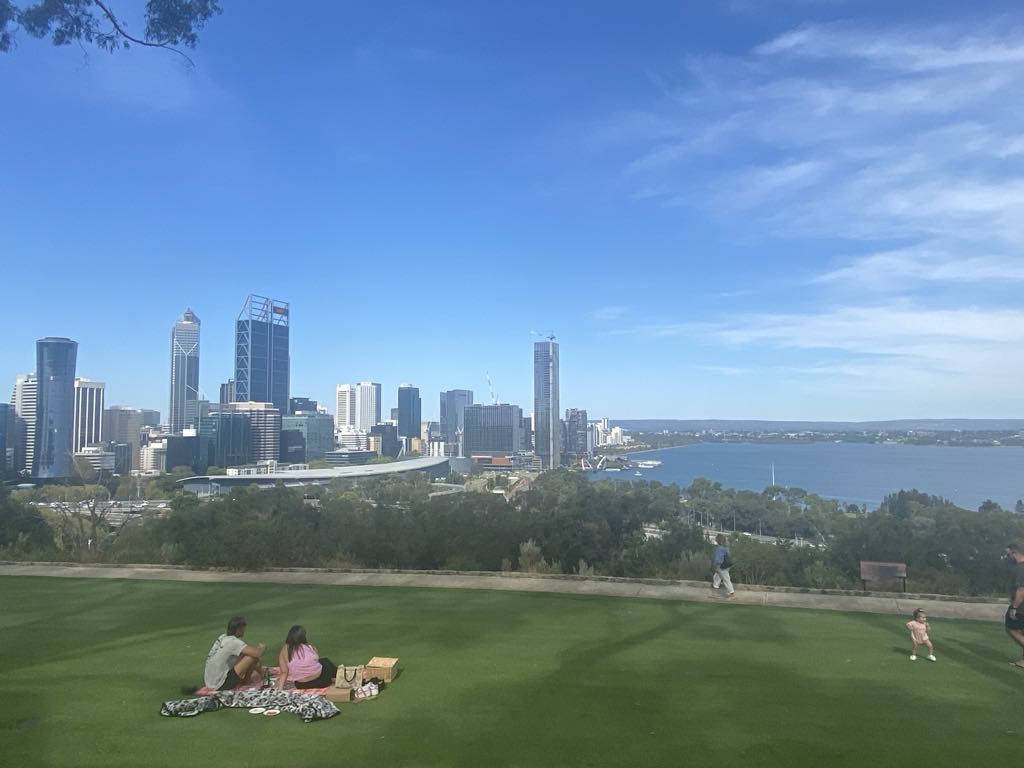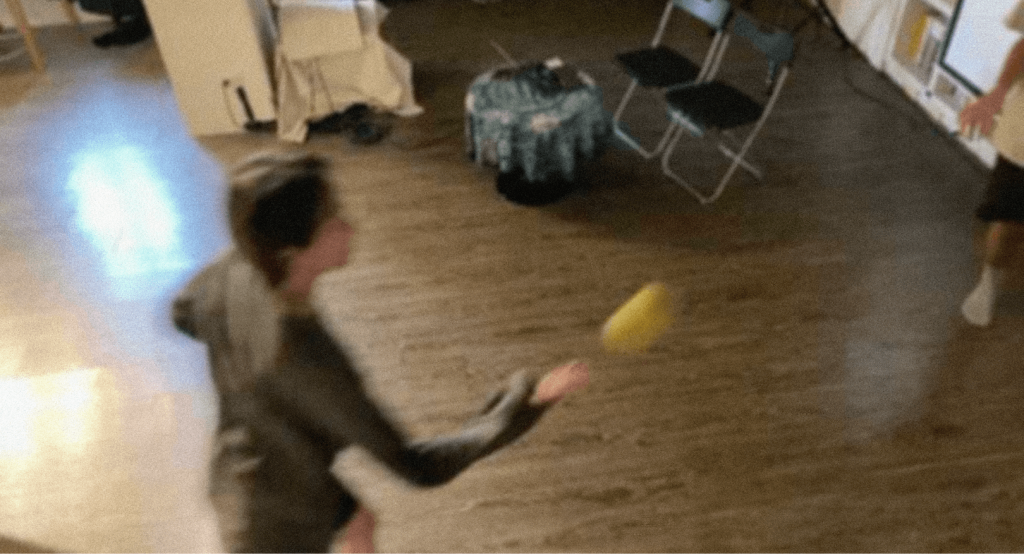文/周寬柔
給Hasyimah:
『 當我在回顧駐村期間我的身體從你身上所收穫的,好像都無關乎舞蹈動作或身體技巧,而是藝術家如何透過直覺地實踐去建立和社會的關係,因而「創造」藝術作品,而非「製造」。
我跟你即便有很多共同點,例如探索著相關的議題、都在教授自己文化底下的傳統舞,也都關心不同世代和身體處境的族群。但在作為藝術家我們來自很不一樣的背景,相較於你,我還在一個很初期在找尋自己藝術實踐的階段,而在你身上我看到了我所嚮往的可能性。
我印象最深刻的是在駐村那一週的時間經歷了你的日常。初步的認識傳統馬來舞、參與你的工作坊、跟你一起去到社區陪伴長者和孩童、參加身障藝術的研討會…等。比起在排練場編動作,更多的時間是在城市中心與邊緣移動、看見不同的身體、聆聽與陪伴的同時試圖製造差異之間彼此存有的縫隙。我看見編舞家如何把自己的身體作為傳承和轉化的載體,以這樣的身體為中心,製造出空間,或是陪伴作為一種存在,如何讓空間被轉變。舞蹈對你來說並非技巧或美學,而是一種與自身、與家庭和社區的流動關係,這反映在你的教學和作品當中。
We do not want to ‘dance’ anymore 因為我們的生活,或是說藝術實踐,本身就是一種舞蹈性的存在。 』
寬柔
When I reflect on what I gained during the residency, it seems to be unrelated to dance movements or physical skills. Instead, it is about how artists establish relationships with society through intuitive practice, thus “creating” artworks rather than “manufacturing” them.
Despite many similarities with you, such as exploring related issues and teaching traditional dances from our respective cultures, we care about different generations and physical conditions. However, as artists, we come from very different backgrounds. Compared to you, I am still in the early stages of finding my artistic practice, and in you, I see the possibilities I aspire to.
The most memorable experience for me was the week spent during the residency, where I immersed myself in your daily life. It involved getting to know what are traditional Malay dances, participating in your workshops, accompanying the elderly and children in the community, and attending seminars on disability arts, among other activities. Instead of choreographing movements in a studio, most of our time was spent moving between the city center and its outskirts, observing different bodies, and attempting to create the space that exists between our differences while listening and accompanying. I witnessed how a choreographer uses their body as a vessel for inheritance and transformation. With the body at the center, they create space or accompanies as a existence to allow space to be transformed. Dance for you, is not about technique or aesthetics; it is a fluid relationship with oneself, family, and community, which is reflected in your teaching and artwork.
We do not want to ‘dance’ anymore because our lives, or rather our artistic practices, are inherently dance-like existences.
Kuan Jou
